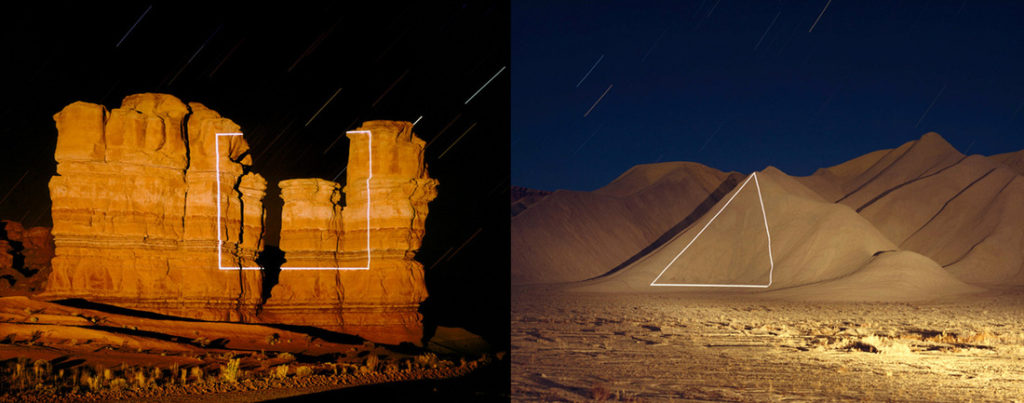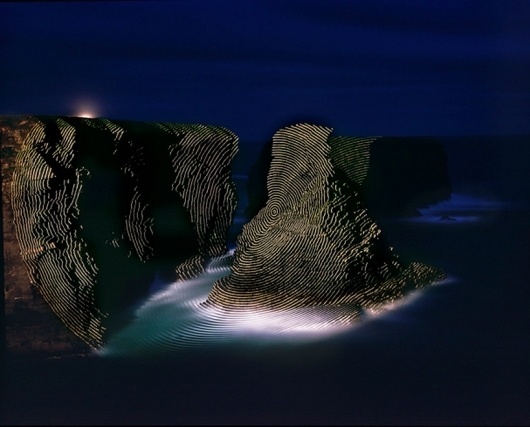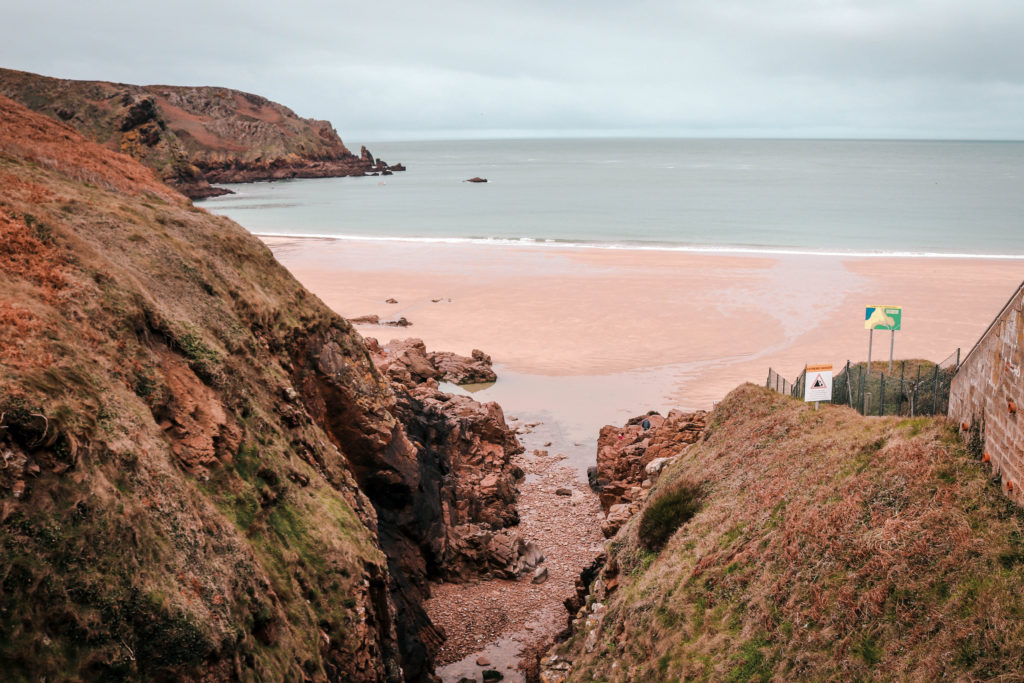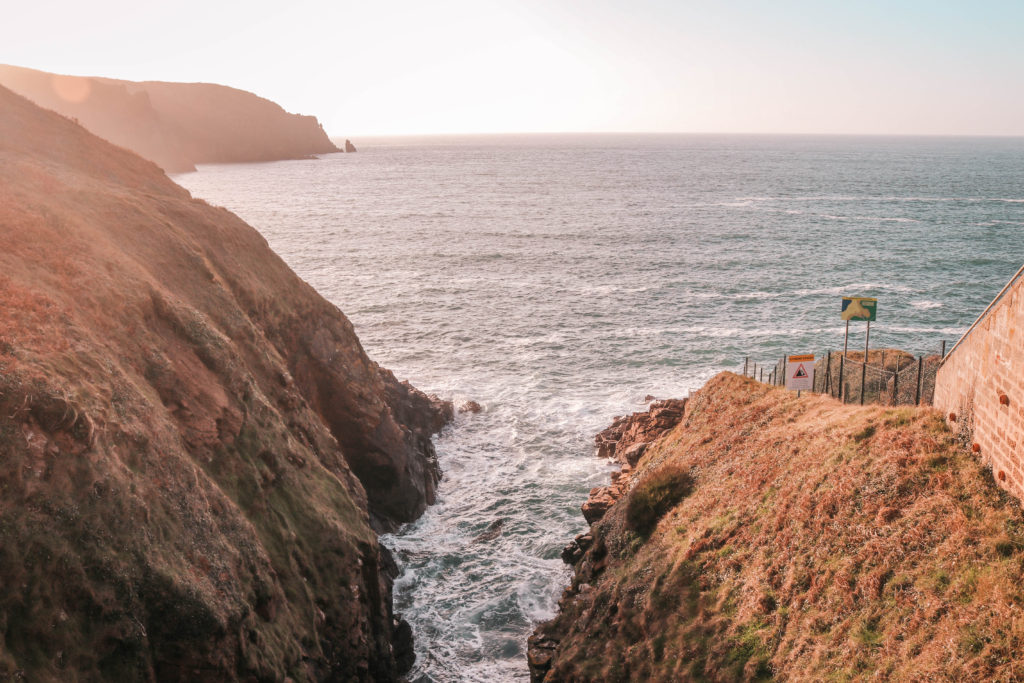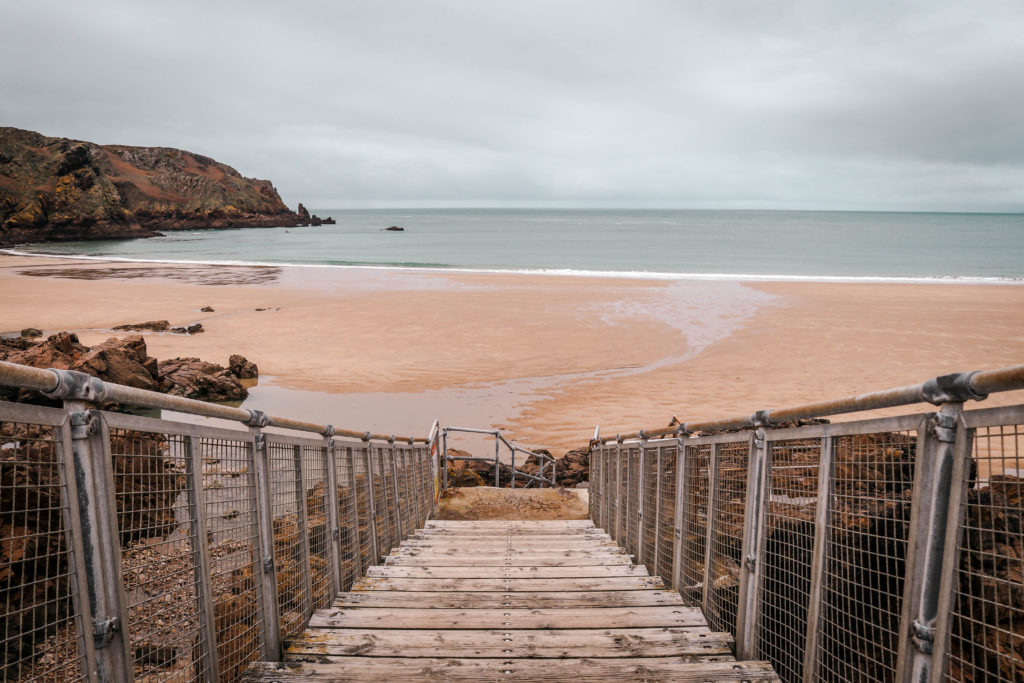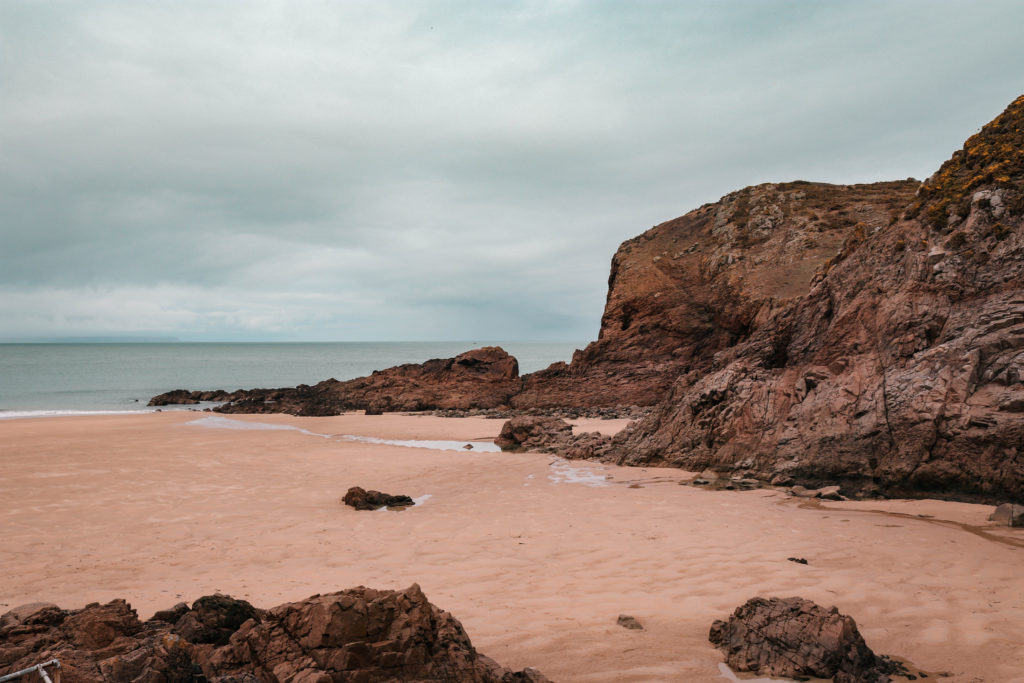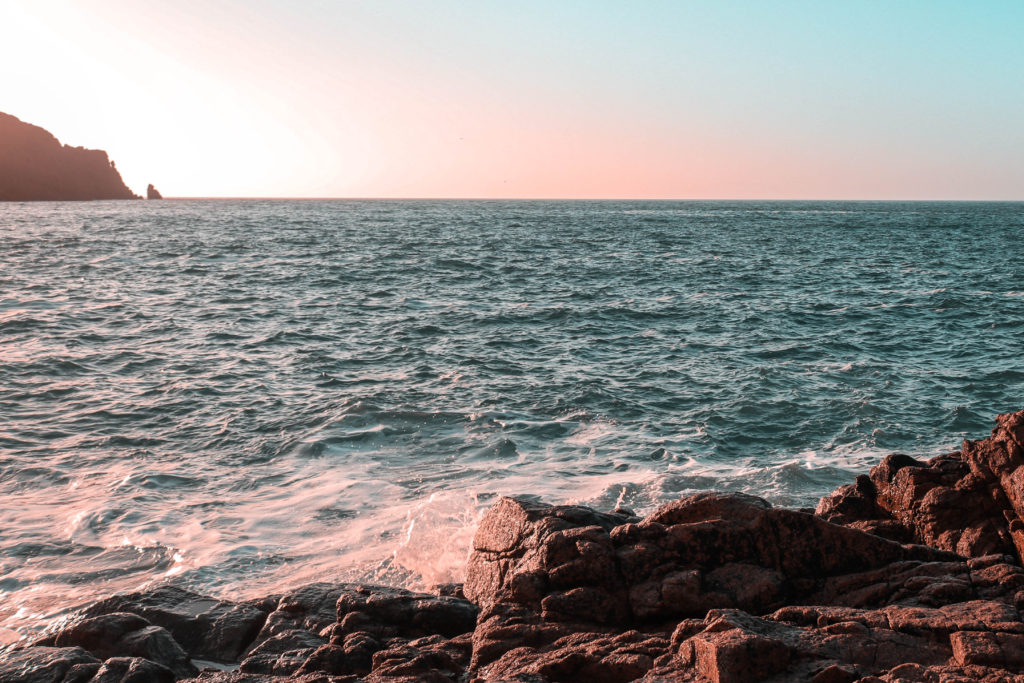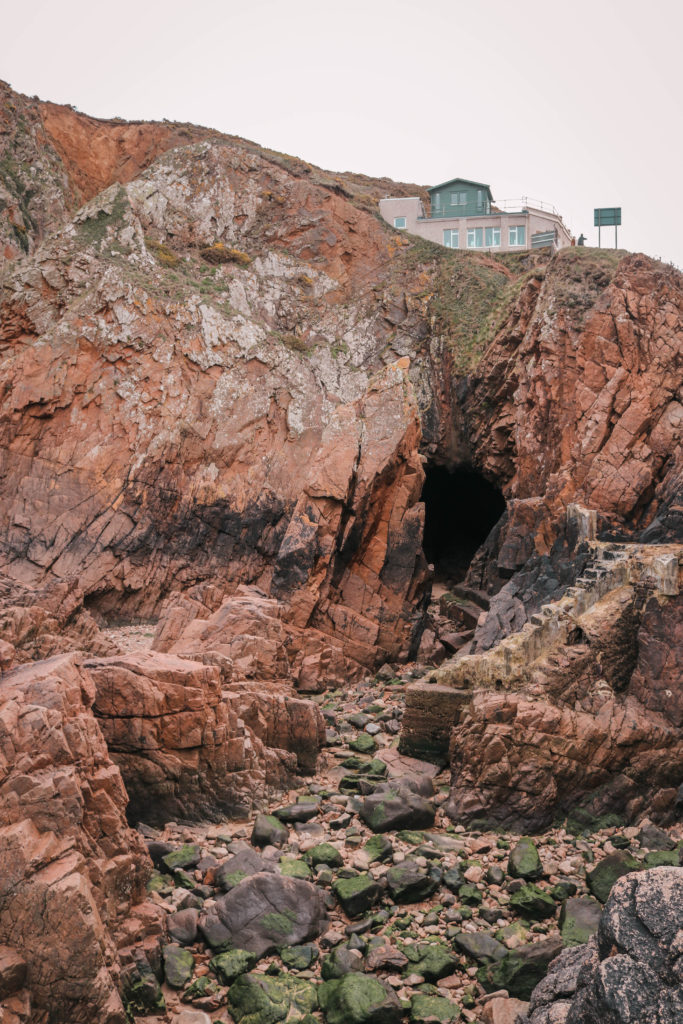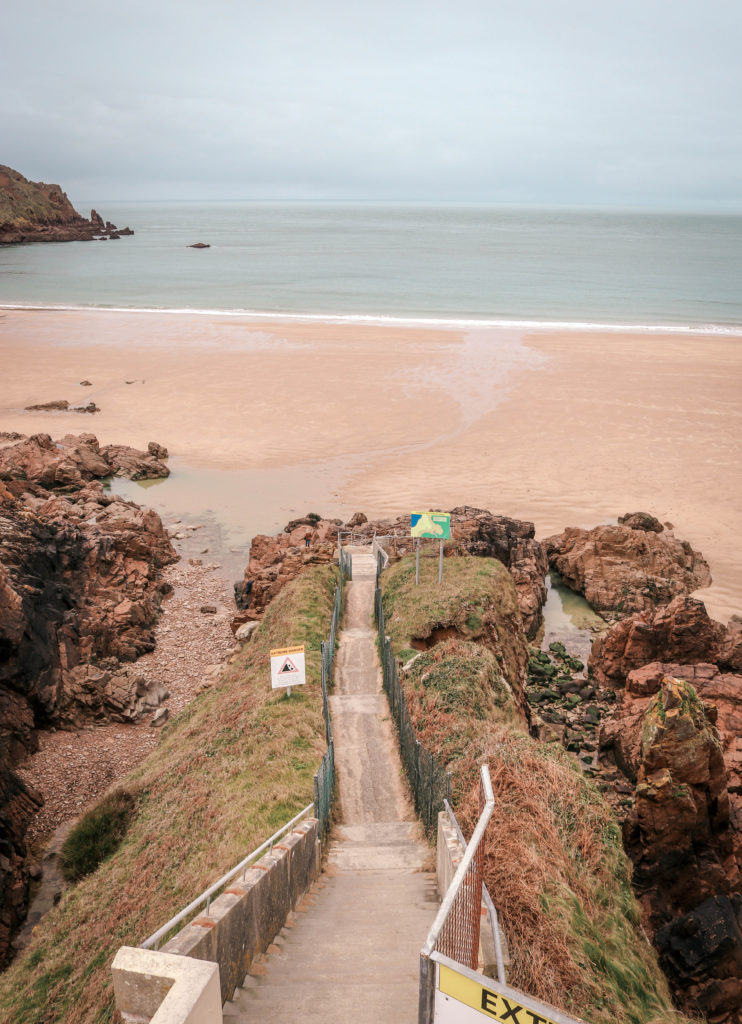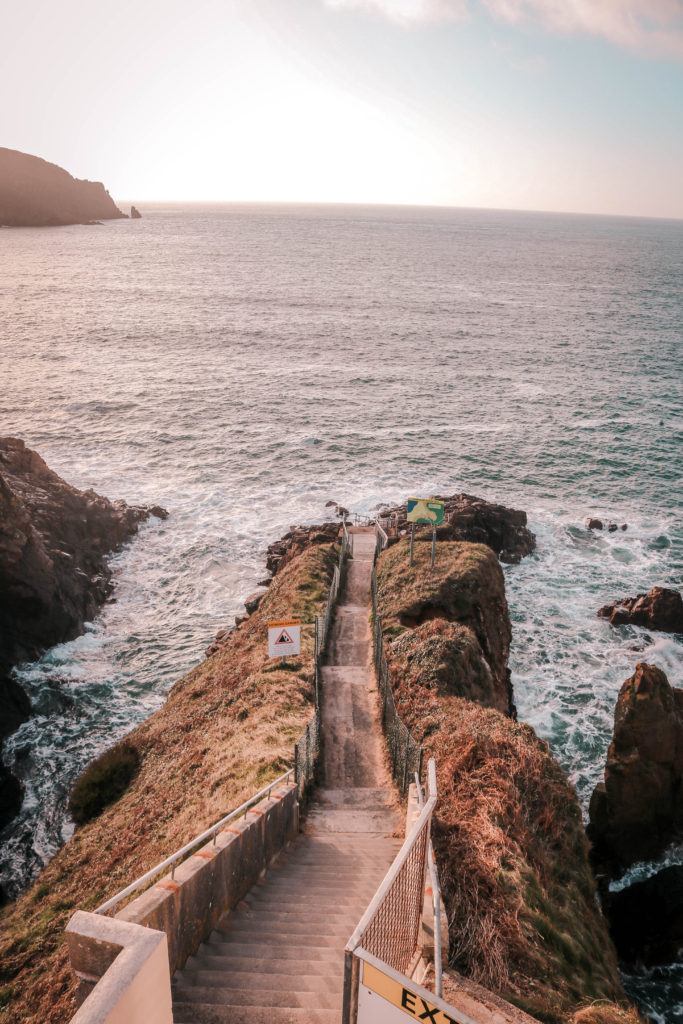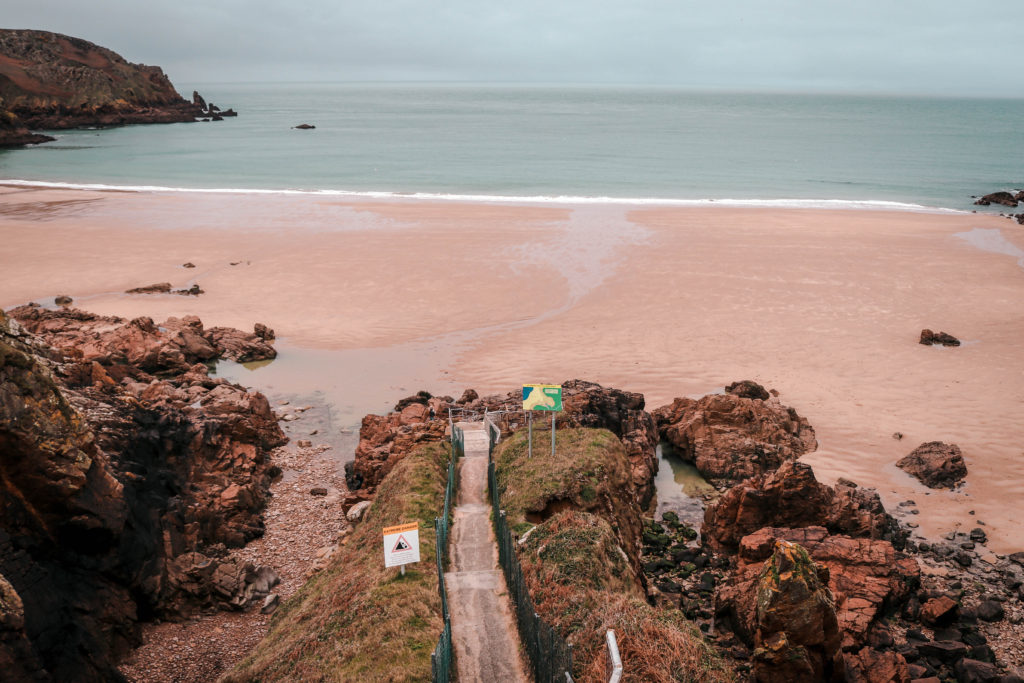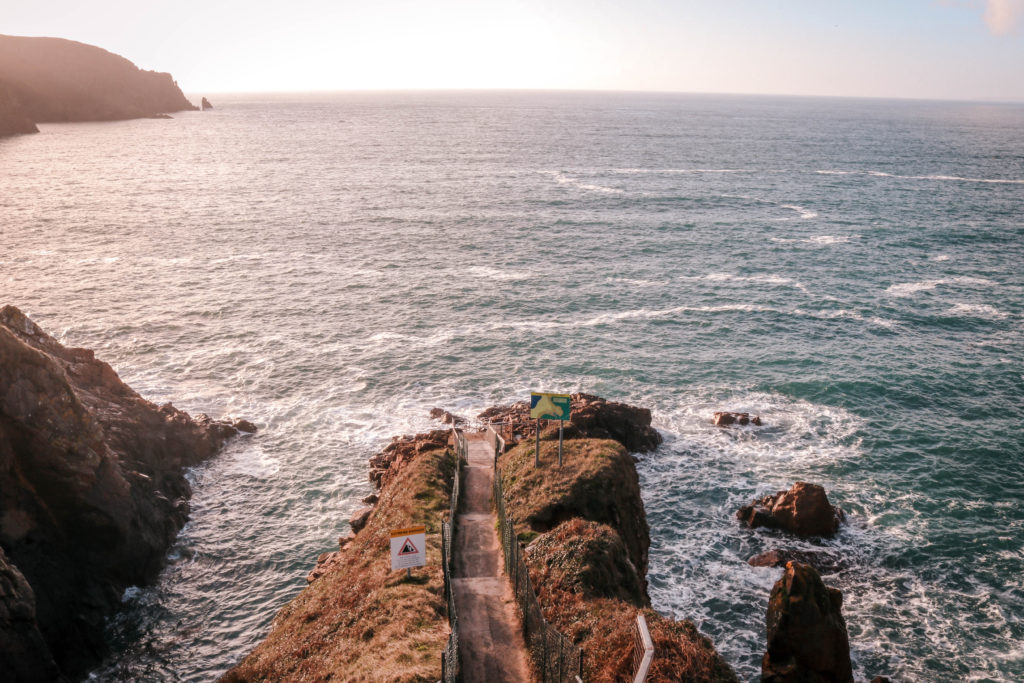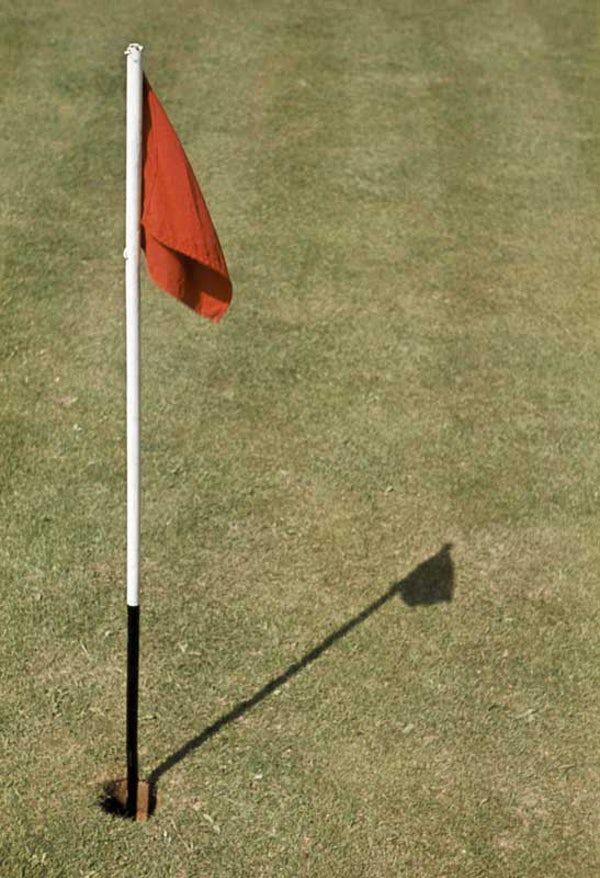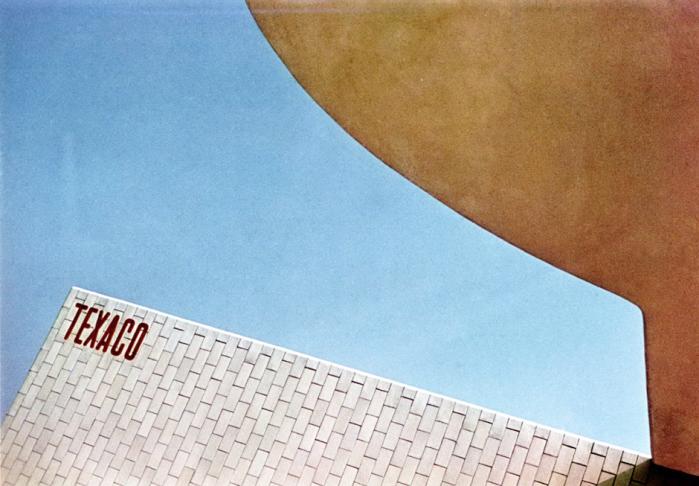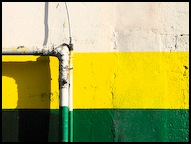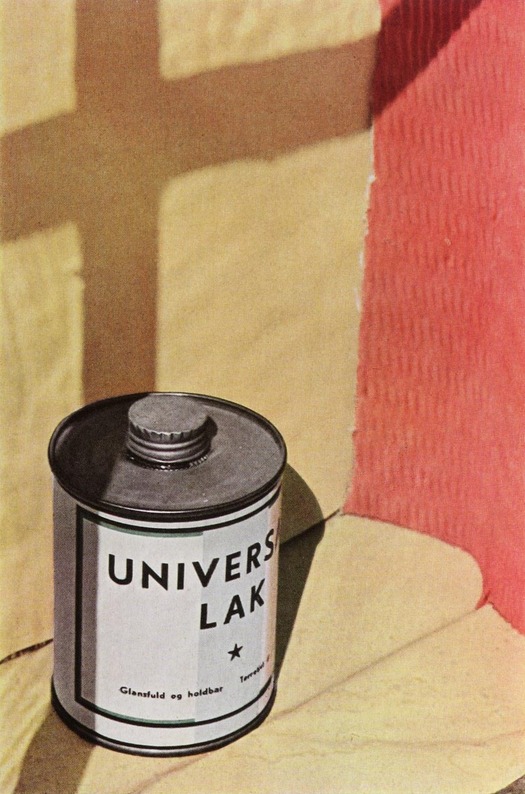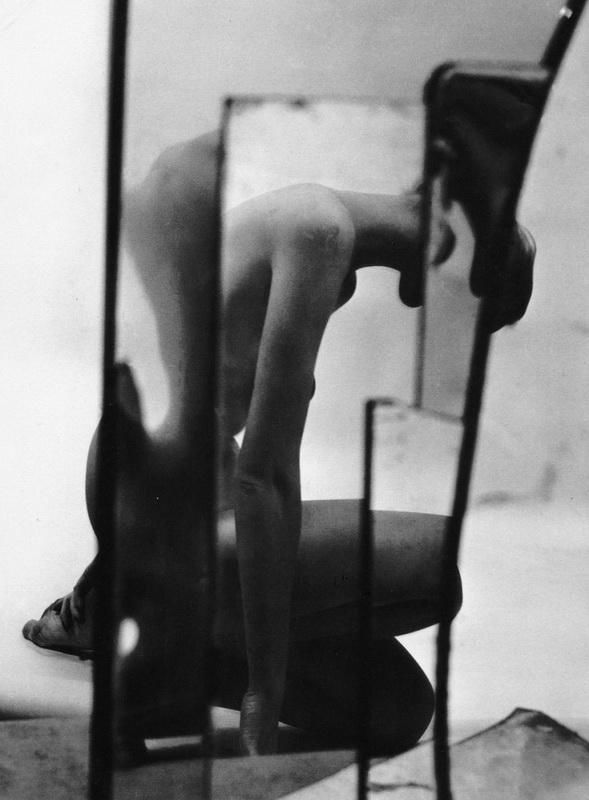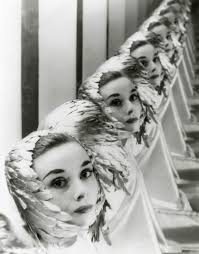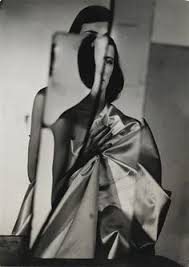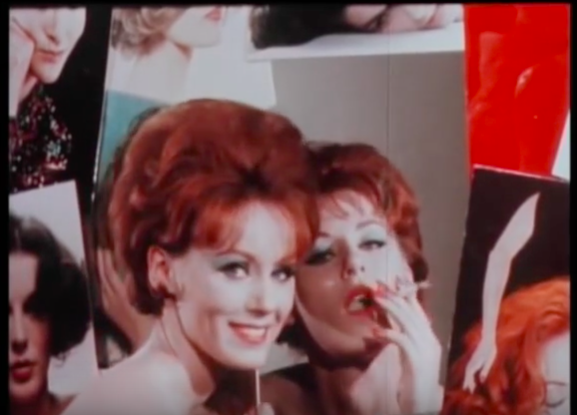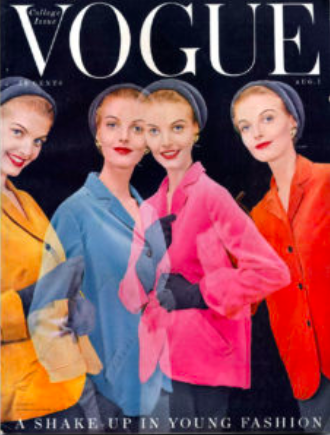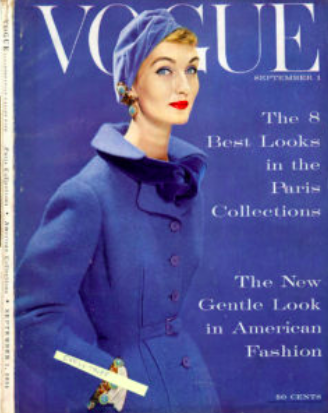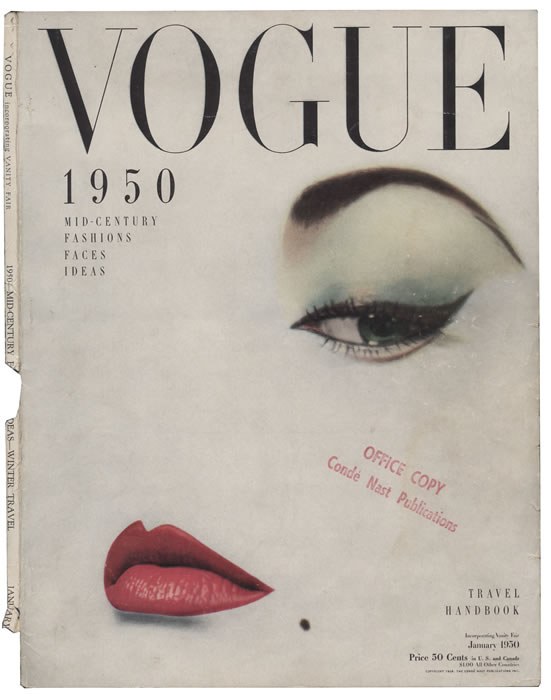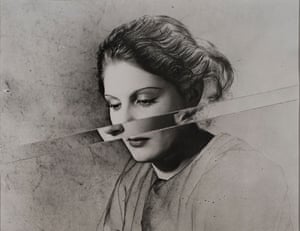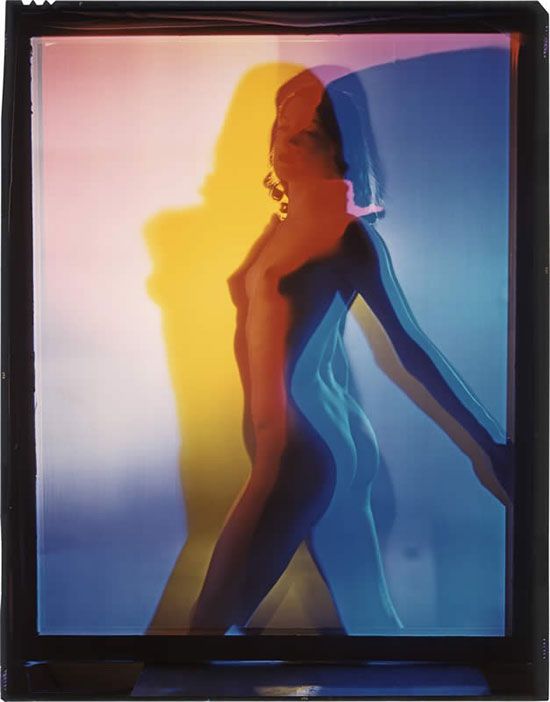Jim Sanborn is an American photographer and artist born 1945 in Washington. In his photographic series ‘Topographic projections and implied geometries’ he explores archaeological, mathematical and scientific exploration through his photography. In his photography Sanborn tries to highlight mixing mathematics and physics such as looking at unseen aspects of existent concepts or objects such as the Coriolis effect, the earth’s magnetic field or cryptography.
Sanborn produced his series ‘topographic projections and implied geometries’ in the late 1990’s. He created all of the images individually using a large format light projector to create the shapes and formations in his images with the projector being half a mile away to create the perfect scale of the projection. He used generators to power the projectors which he transported to the locations. Sanborn photographed the American South west as well as the coastline of Ireland.
Category Archives: Uncategorized
Filters
Tidal Movement – Context
Tides are the rise and fall of sea levels caused by the combined effects of the gravitational forces exerted by the Moon and the Sun, and the rotation of the Earth.
While tides are usually the largest source of short-term sea-level fluctuations, sea levels are also subject to forces such as wind and barometric pressure changes, resulting in strom surges, especially in shallow seas and near coasts. Tidal phenomena are not limited to the oceans, but can occur in other systems whenever a gravitational field that varies in time and space is present. For example, the shape of the solid part of the Earth is affected slightly by Earth tide, though this is not as easily seen as the water tidal movements. This links to the previous contextual studies I have engaged with and the fact of seeing past our reality at things that cannot be seen.
Tide changes proceed via the following stages:
- Sea level rises over several hours, covering the inertidal zone; flood tide.
- The water rises to its highest level, reaching high tide.
- Sea level falls over several hours, revealing the intertidal zone; ebb tide.
- The water stops falling, reaching low tide.
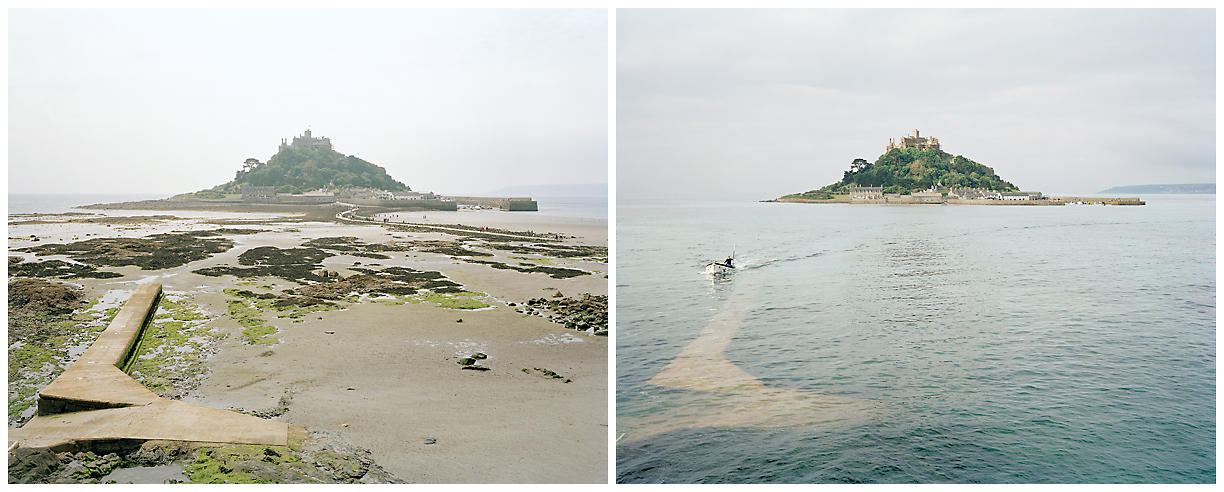
I decided to do this research as a result of Michael Marten sea change project as i wanted to gain a scientific understanding of the tidal movement. As well as this scientific approach I will look into the spiritual approach that this sea change could be viewed as and I will try to display these ideas in my work. Perhaps with a scientific approach it could be interesting to add text into the images that display the height of water, time of day and weather types too.
A2 Photography Exam – Presentation
For my presentation I have come up with three ideas per board, the ideas sometimes play off of the opposite boards.
The 1st board has 1 A3, 1 A4 and 2 A5’s.

Board 1.1 
Board 1.2 
Board 1.3
The second board has 1 A3, 2 A4’s and 1 A5.

Board 2.1 
Board 2.2 
Board 2.3
I have decided to use the ideas for Board 1.2 and 2.2 as I feel these will give me the most space and will show off the images the most, as the larger images won’t get in the way of the smaller ones.
Response to Michael Marten
For this shoot i wanted to create a series of images inspired by Maten’s sea change project. I will looks at the moving tide in Jersey which would be significant since we have the 3rd quickest moving tide in the world. To start with I researched the tide times and located a week where it best suited my needs. I needed the high and low water to be within a time in the day where there was light. Thus ensuring that there is a consistent theme so the contrast between the low water and high water images look the best.
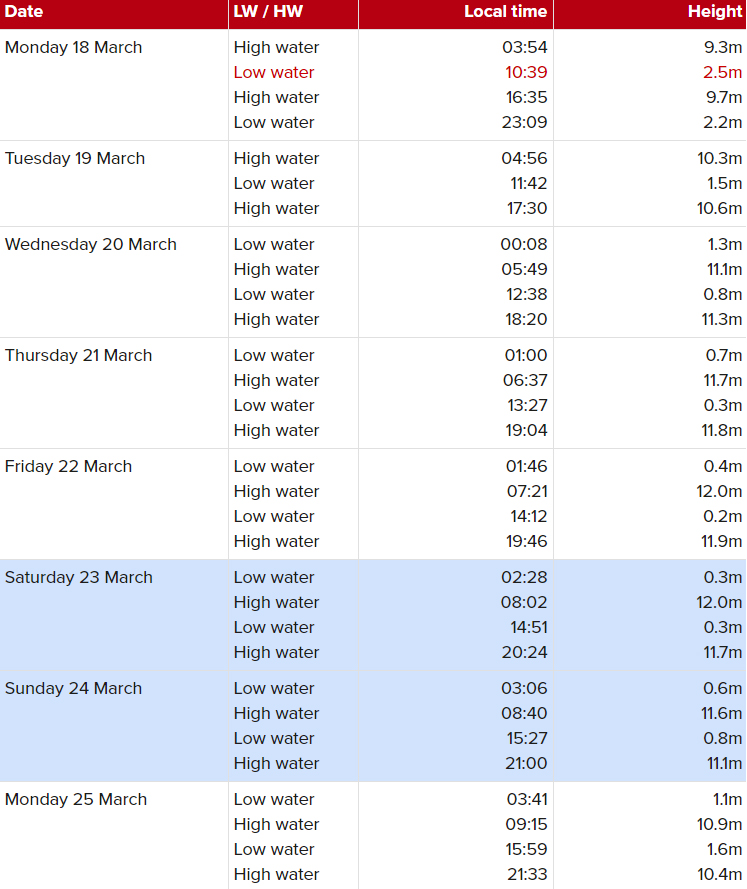
With this information I just needed to figure out certain locations to shoot at, obviously the initial ideas being on the coast where the sea is. I pin pointed a variety where the change in sea height is easily distinguished by rock formations ect. I came up with the locations, St ouens bay at L’roco tower, corbiere lighthouse, St Aubins bay, Beauport beach, Portlet beach and Plemont bay. For this shoot i decided to go with Plemont bay . I will first shoot the locations at low tide and mark the exact spots in which i took the photo’s using colored tape. I will also write down the particular settings and focal lengths used. This will mean that when i go back at high tide i can get the exact same shot just with a change in water height.
Contact Sheet
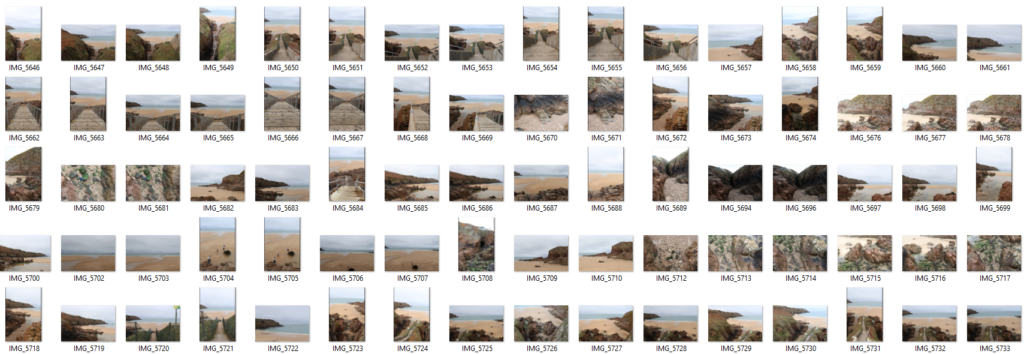
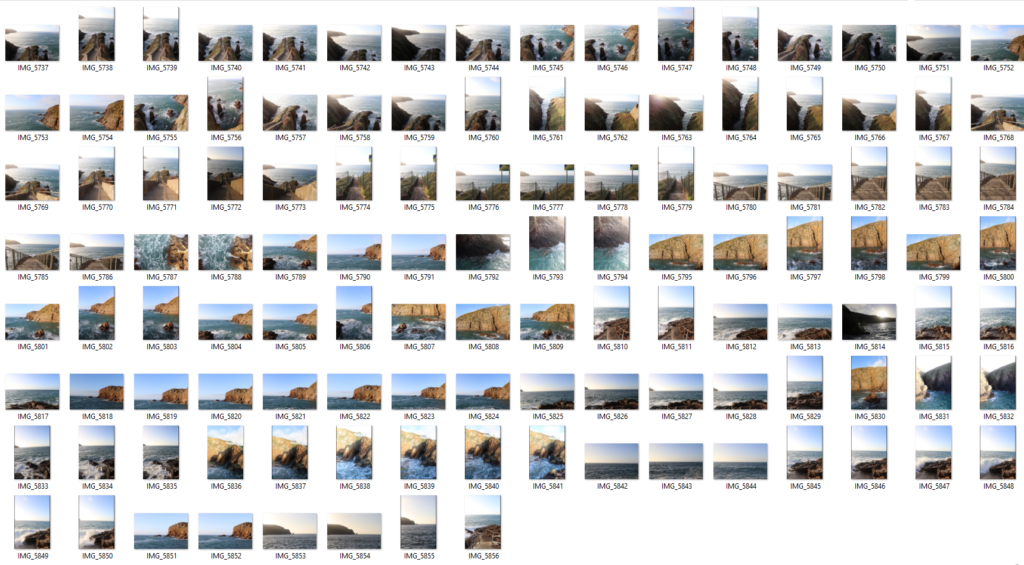
Edits
BALDESSARI EXPERIMENTATION

Marcel Duchamp was a painter, sculptor and writer whose work was associated to Cubism, Dada and conceptual art. Duchamp is commonly regarded as one of the three artists who who helped to define the revolutionary developments in the plastic arts, responsible for significant developments in painting and sculpture and most importantly a significant influence in conceptual art. By World War 1, Duchamp had rejected the work of many of his fellow artists as ‘retinal’ art, served only to please the mind whereas he wan’t to use art to serve the mind.
‘Bicycle Wheel’ was Duchamp’s first ‘readymade’, a class of objects he invented to challenge assumptions about what constitutes a work of art. Duchamp combined two mass-produced parts—a bicycle wheel and fork and a kitchen stool—to create a type of nonfunctional machine. By simply selecting prefabricated items and calling them art, he subverted established notions of the artist’s craft and the viewer’s aesthetic experience.
Duchamp was the first to create art that wasn’t regarded as traditional art. His sculpture of a stool and bicycle wheel created many opposing opinions of what art is and what you can call art. However, his sculpture was revolutionary for conceptual art. It helped move away from traditional ideas of art and broke away from the restrictions of traditional art.
Conceptualism, is art in which the ideas or concepts in art take over from the dominant definition and ideology of traditional art of material and technical aspects that create an overall aesthetic to please the eye. The idea or concept is the most important aspect of the art, the idea becomes a ‘machine that creates the art’, it questions the nature of art. Artist Joseph Kosuth wrote in his essay ‘Art after Philosophy’ 1969, ‘All art is conceptual because it only exists conceptually’.

JOHN BALDESSARI – THROWING THREE BALLS IN THE AIR TO GET A STRAIGHT LINE


Above is the work of John Baldessari from his work of ‘Arbitrary games’ with the concept of accomplishing an arbitrary goal through games. For example ‘Throwing Three Balls into the Air to get a Straight Line’ 1973. Baldessari photographed his results of while attempting his arbitrary goal and eventually selected the best of 36 tries. The writer Eldritch Priest links this particular work by Balderssari as an early example of post-conceptual art. Most of Balderssari’s conceptual art was made after he made the statement; ‘I will not make anymore boring art’ which he recorded himself writing down on a piece of paper, repeating the line many times and even named the video art itself.





Following up on the introduction to conceptual art we conducted an experiment of creating photos from playing ‘Arbitrary games’, inspired by John Baldessaris works and the influence of conceptual art instigated by Marcel Duchamp.
Our first experiment was simply taking a picture of our subject while they tried to avoid having their picture taken called ‘boxing match’. I set my camera to a high shutter speed and to take bursts of photos to adjust and keep up with the fast pace of movement. The point was to let spontaneity, fate and chance takeover our photo shoot and the images we produced, letting the unexpected take place without being pressured for everything to go to plan. For example, the boxing match portraits were produced because of the dynamics between the photographer and the subject; working together but conflicting with each other.

Another game we played that involved chance dictating the pieces we produced was a coin toss game. We were given two A3 photographs and we played coin toss on top of one. If the coin landed on the picture and landed the side you picked [heads/tails] you had to cut out that area of the picture, cutting around the coin with a knife. After cutting out a few circles on the first photograph, we placed it on top of the other photograph. This meant that the picture underneath the picture with the circles cut out, peaked through in the circles, revealing different aspects of the photograph underneath.
Keld Helmer-Petersen: Artist reference
Keld Helmer Peterson was born in 1920 and died in 2013. He was a pioneer of Danish modernist photography and is internationally recompensed for his images of structure, patterns and detail, cities and nature.
His book’122 colour photographs’ was very well know, due to its innovative use of colour in his photographs.
in the 1950s and 1960s, he established himself as an architectural and design photographer. He later shifted into a more abstract form of photography.

This images was captured by Peterson when he was creating his well known photobook 122 colour photographs. he produced it under natural lighting. The image composition is very interesting as it creates the illusion of depth within the image. This is something i will be considering when creating my own images
A2 Photography Exam – Photo Selection
For my photo selection instead of using all 10 final edits I have done, I decided to weed out a couple of images I didn’t think would work on the presentation. I thought that numbers 8 and 10 wouldn’t work so well with the other images I chose to use, as they are darker in more areas than the rest are in the majority.


So for my final presentation I have decided to use Edits 1, 2, 3, 4, 5, 6, 7 and 9.
specification
I belive through my past research It has become evident that my 4 primary principles of interest for my specification are, opulence, beauty, haiku and visceral. However, All of these successfully go under the subjectivity of the wonder of artistry. These all create attributes for exquisiteness into the world around us, and perhaps to see a new wonderment within ourselves. I belive I want my narrative construct of my book to have this movement of what I and others belive to see and have beauty within the world and ourselves, weather that be people or the world around us. I believe using the element of haiku and luminance to create more abstract versions of beauty. My book will also have an interesting narrative construct to each image and have a clear purpose. I not only want to present beauty, but with the twist of presenting it in a more abstract and fine art influenced manner. I will not only be doing more research into what it means to myself as an individual, what also what beauty means to others and comparing and contrasting them to demonstrate the beauty in everything. I belive with the combination of my shoots surrounding that of fine art, chaos in the media, natural beauty within a landscape, luminance and more abstract looks of a-landscape, this could combine to my project hypothesis, asking what extent do we ignore/ or should we see beauty in the world, what is our ignorance to our surroundings. To help with this, I will not only complete my own research of asking to others what they belive to be beautiful. But will research and respond within my own photography and experiments with further abstract editing processes to the images. I Have also started reading a book called’ philosophy of the arts’ and a more specific concentration of the book where it discuss the contents of art, pleasure and understanding this effect of a feeling that a piece of art and photo can give us a new understanding, love and effect of a feeling.
The book itself first starts off with discussing the effect of why we should value a piece of art. It is evident that many of my interests in art come under the influence of atheistic theory, as this is an attempt to formulate a theory of art that explains value , rather than to define what is is or determine its social function. What we seek most form art is enjoyment, just this simplicity of finding a piece in a favourable judgment, yet what is this difference from enjoyment to beauty. David Hume created the idea that that standard of taste is it agreeableness. This is then a further consciousness “to seek the real beauty, or the real deformity, is a fruitfulness an enquiry, as to seek the real sweet or real bitter’ however this aesthetic taste of what is considered beauty is a wide diversity of opinions about art that we find in the world is confirmation of this fact.
Due to my first idea being based on the fact of using fine art to develop social perceptions of media influence on are daily lives, so how we see the world based off moral fear and the chaotic causes of fake news. I belive it could be interesting to still involve this into my project. As art, as said previously, is the factor to see an aesthetic theory which is agreeable, it has to have a personal connection and reality to be considered as art but not as an unrealistic presence. So, Perhaps if my narrative construct was to focus on beauty, but not just the obvious beauty, but beauty seen within the hardships of the world, the chaos of real deformity and yet still to be considered as art, perhaps this is the most powerful way which I could show beauty. It creates the construct of social realism, and so does not separate the audience from what they belive is the reality that they see. This too even connects with the philosophy of HAIKU, as that originates from finding the beauty within the minimal, so in these terms, could be even within the pain of reality. So perhaps my specification should be: finding the beauty using the aesthetic theory of the haiku, within the chaotic media and the beauty into the everyday.
Erwin Blumenfeld – Influence On My work
I have chosen to look into the work of Erwin Blumenfeld after seeing his photographs incorporating mirrors, I was interested in woking with reflection in this project because of the link it has to variation and similarity, the idea of perspective, opposites and repetition. After researching him more I have found more parallel with his work and my ideas, for example his work with fashion photography where he experimented with shadows, multiple exposures and colours which for his time were all very new and experimental. I am also interested in the fashion industry at the time that he was taking photos and the concept of the ‘perfect’ or ideal model we can see in all his work. This idea if currently being challenged within the fashion industry and I am interested in showing the contrast between his work and more modern versions.
I want to conduct a variety of photoshoots influenced by his work, one using mirrors and reflections, these photos will be very minimal showing variety of perspectives using the mirror concept helping to frame specific sections of my model. The second will be using colour, I hope to experiment using colour films over lights in the studio to create shadow and repartition in shapes. After this I will reflect on my work and see if I want to respond to any of his other work.
This video shows a variety of the moving images that Erwin Blumenfeld produced throughout his career. I am particularly interested in the work he made using mirrors and repetition of an image. In one of the videos we see a women with bright hair smoking and looking in the mirror, this is an interesting still due to the use of colour connection with the blue tones in her makeup matching the posters on the wall. as the video goes on the model starts to make different movements to her reflection and eventually passes the cigarette through the ‘mirror’ before both the reflection and the ‘real’ girl turn to face the camera. This creates and interesting concept questioning reality and perception.
This concept reminded me of something similar I had seen on Instagram, where MLMA creates and posts images and videos which can be linked very heavily to surrealism and the idea of reality and fantasy. A lot of her work comments on the modern society and the generation of social media in a comedic way. She edits images of herself with eccentric makeup and outfits to create imaginative pieces of art often focused on the ideals of beauty. I find the contrast between MLMA and Blumenfeld’s work very interesting due to the time and culture differences and would like to see how I could use both their works simultaneously as inspiration for my own work.
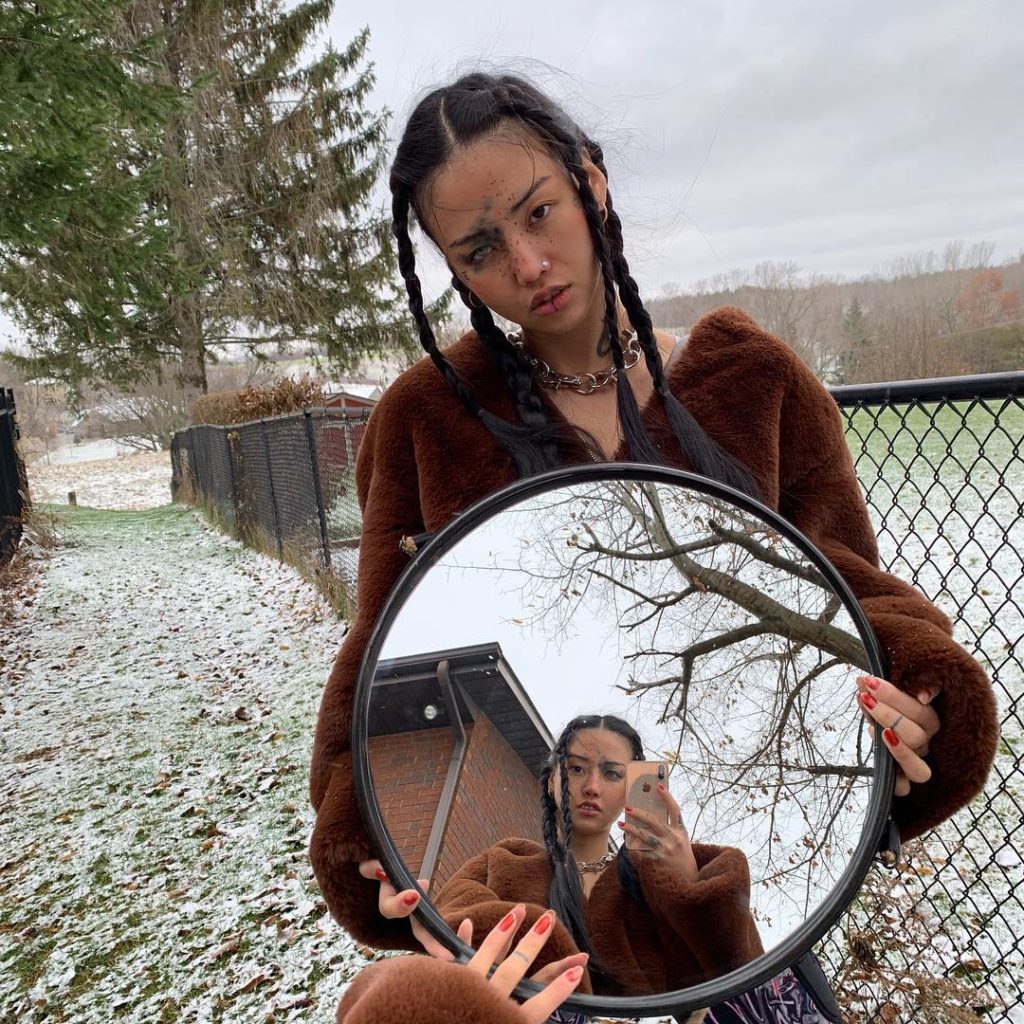
ARTISTS REFERENCES – Erwin Blumenfeld
Erwin Blumenfeld, born in 1897 in Berlin is a photographer who emigrated to the united states in 1941. In America he became a successful fashion photographer working for Vogue, Harpers Bazaar and also doing freelance work. Dadaism and surrealism had strong influences in his personal work using laboratory work, distortion, multiple exposure, solarisation and photo montage.
Dadaism: Artistic movement which peaked from 1916-1922 (conceding with world war 1) around the idea of the meaninglessness of the modern world.
Surrealism: Influenced by Dada, an avant-garde movement in the 20th century which developed the idea of the unconscious mind, displayed in work through irrational juxtaposition.
He was given his first camera in 1907 by his uncle after surviving an operation on his appendix and immediately started experimenting with light and shadows. In 1913 his father has a breakdown leaving the family with no money, Erwin can no longer study and takes up a apprenticeship at a women’s wear manufacturer. He also spent a year serving in the german army until the end of the war in 1918. Whilst running a leather goods shop in Amsterdam in 1921 he starts taking photos of his clients which he develops in a darkroom at the back of the shop. His work was first publish in the french Vogue in 1938 after being recommended by Cecil Beaton who admired his work. He had an obsession with photographing ‘beautiful’ women reflecting the beauty standards at this time, most of the models in his work have a similar look, pale skin, red lips, thin frame and blonde curly hair usually styled tide up.
“Photography is so easy a medium to use, the box camera, a roll of film, a snap – a picture! Photography, the art, is so immensely difficult because it is so easy to get a picture of sorts. One must work hard to smuggle anything into a photograph other than record keeping.”
Erwin Blumenfeld

